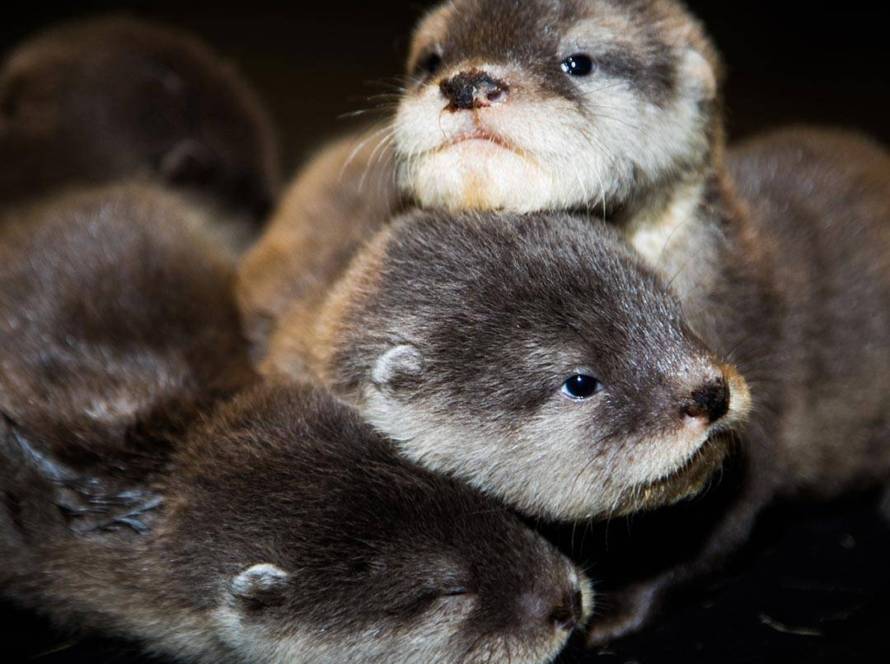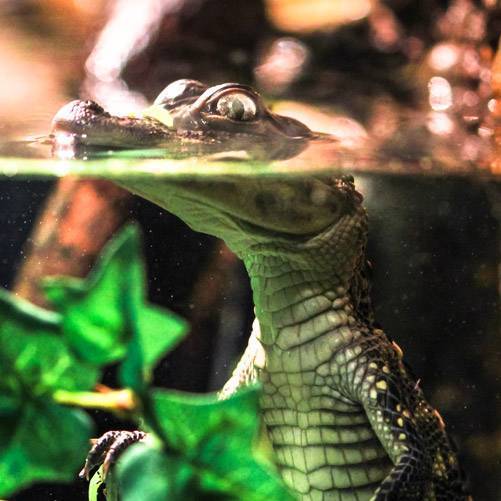Octopus, Latin name Octopus Vulgaris, is a type of mollusk and belongs to the cephalopod class. They are usually foundinthe Atlantic Ocean, Mediterranean Sea, Indian Ocean and Pacific Ocean.
Octopus Appearance
They are usually 60 to 90 cm long, some can reach up to 1.2 meters. They weigh around 7-8 kilograms on average. Thanks to the chromatophore cells in their skin, they can change color in seconds to adapt to their environment. They have 8 arms and at the end of each arm there are suckers. These suckers have many abilities. Up to 15 kg of pulling force can be exerted by the suckers, and in addition to grasping, they can taste and smell, understand the texture of surfaces, catch prey, open shells, and even clean their bodies thanks to their nerve endings. In times of danger, the octopus can use its suckers to hold on to rocks or corals to stay steady and protected from enemies.
How Do Octopuses Feed?
This species of octopus is carnivorous. It feeds on crustaceans, fish, molluscs and shrimps. It eats its prey by tearing it apart with its powerful suckers and its strong and hard beak-like jaws.
How Do Octopuses Reproduce?
They reproduce by laying eggs. Female octopuses can lay up to 200,000 eggs. After the young hatch, the tiny larval juveniles enter the water. During this period, the young are not capable of active swimming. They move randomly with sea currents and waves, remain suspended in the water just like other plankton and feed on microscopic plankton. Once they are large enough and more developed, they switch to bottom life and begin to exhibit typical octopus behavior. The females protect the eggs until they hatch, at which time they usually die because they stop feeding.
The Most Curious Features of Octopuses
Octopuses are one of the most remarkable creatures in their intelligence and behavior. One of the world’s most intelligent invertebrates, it is capable of solving mazes, opening hatches and using tools. In case of danger, it escapes from its enemies by releasing ink. It siphons out the liquid in its ink sac. The ink temporarily paralyzes the predator’s sense of smell and taste. The tyramine in the ink affects the nervous system, reducing the predator’s mobility. The production of ink requires a lot of energy and takes time to refill.
Frequently Asked Questions about Octopuses?
- What is the life span of octopuses? 1-2 years.
2. Is octopus ink poisonous? Octopus ink is not toxic to humans, but can cause stomach upset when consumed in excessive amounts.
3. Is octopus edible? Octopus meat is edible and its ink is used as a food coloring or sauce in some cuisines (e.g. black pasta or risotto).
4. How do octopuses (Octopus vulgaris) camouflage themselves? They adapt to their environment by changing color and texture thanks to the chromatophore cells in their skin.
5. How big are octopuses? They can reach a total length of up to 1 meter with their arms
6. How fast can octopuses move? In case of danger, they can retreat quickly by spraying water
7. What are the natural enemies of octopuses? They can be hunted by predators such as sharks, cod and some seabirds.
8. What do octopus inks contain? Melanin, mucus and tyramine.
Melanin: The pigment that gives ink its black color.
Mucus: Makes the ink dense and sticky, so it stays suspended in the water longer.
Tyramine: A chemical that acts on the nervous system, temporarily reducing the mobility of predators.
9. Do octopuses harm humans? Octopuses usually do not harm humans. They are shy and defensive creatures, they don’t attack people unless they feel danger. However, they can bite in some cases and there are poisonous species.
10. Which species are dangerous? Blue Ring Octopus (Hapalochlaena spp.), Giant Pacific Octopus (Enteroctopus dofleini)
Visit Emaar Aquarium to learn more about octopuses (Octopus Vulgaris).




